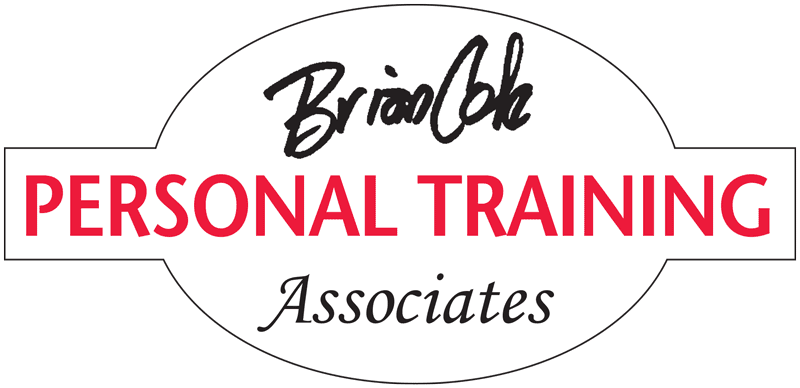Quick and easy” sure sells weight loss diet books, so I thought the headline might draw you in.
You’re in.
Let’s talk about posture.
Not just posture standing, but sitting, walking and performing daily activities.
Simply, your mother was right. Sit up straight and stand tall.
Proper posture reduces pressure on bones, muscles, tendons, ligaments and discs.
Poor posture results in discomfort, chronic pain and starts a vicious cycle that creates muscle imbalances and faulty recruitment (asking the wrong muscles to complete a task), which, in turn, cause poor posture. On and on and on. This goes on for years until we do something about it.
Finding proper posture I can explain. Maintaining that posture requires more. But, it’s just a matter of proper sequential training. We have clients who, during recent physical exams, were told they had grown an inch. Actually, they haven’t “grown” at all. They are simply standing straighter.
First, finding proper posture and being aware of how different it feels, how good it feels, and how much better we look:
Whether standing or sitting, relax, close your eyes, and imagine a string attached to the crown of your head gently pulling you up toward the ceiling. Your chin tucks a bit but does not lift, your rib cage separates from your pelvis, and now think like a dangling marionette. Just hang there awhile but notice less pressure in your low back, in your neck, etc. Really, put down the paper and try this.
And if you could see yourself from the side, your body’s profile, you’d be surprised how much better you look.
Now, maintaining that posture:
Here’s my over-simplified and slightly inaccurate description of deeper stabilizing postural muscles vs. surface movement muscles.
If we don’t train our biceps (a movement muscle) they become weaker, they atrophy and we can’t lift as much. But, if we don’t train our deeper postural muscles, something very different happens. Our body’s self-defense system kicks in. That’s the system that automatically gives us a fever to raise our temperature and burn out an invader or diarrhea to flush out bad bacteria or inflammation and swelling to reduce joint movement so it can heal, etc. Our untrained postural muscles get tight to maintain some semblance of posture, keeping our skeleton upright. That tightness, which has a positive function, becomes a problem just like a persistent fever, diarrhea or swelling would.
So, what should we do about it? Our first instinct is to stretch these “tight” muscles. But they’re tight for a functional reason. The principle to understand is that with postural muscles weakness precedes tightness. (This may be a response to a different muscle’s weakness but I said this was over-simplified). When you stand up, after sitting a long time in front of your computer, your upper back and neck feel tight. You want to stretch. And that’s ok, but you’re just addressing the outcome of muscles too weak to hold up your 10–12 lb. head without tightening in self-defense. The real solution is to strengthen them.
Weight lifting, without first addressing deep postural muscles, just exacerbates the problem. And, to further complicate it, most people over-train the surface muscles on the front of the body (the mirror muscles) which creates even more imbalance.
What about massage therapy to relax those tight muscles? Being a state certified massage therapist, I’m a true believer in the advantages of massage. I try to get a weekly massage and credit it with being a key ingredient in maintaining my health and well-being. But if it’s not combined with corrective exercise, when that passive, relaxed body gets upright and active, it will still have weak postural muscles.
As we age, poor posture contributes to spinal pain, osteoporosis, arthritis, imbalance, etc.
Evaluation of postural weaknesses, simple consistent training of the correct muscles and the conscious effort to maintain better posture will have major benefits for the rest of your life. You can avoid many of the problems we attribute to aging by taking charge of this most basic function.

